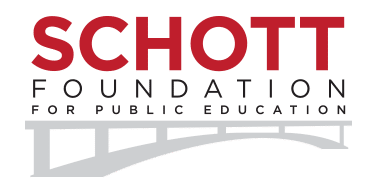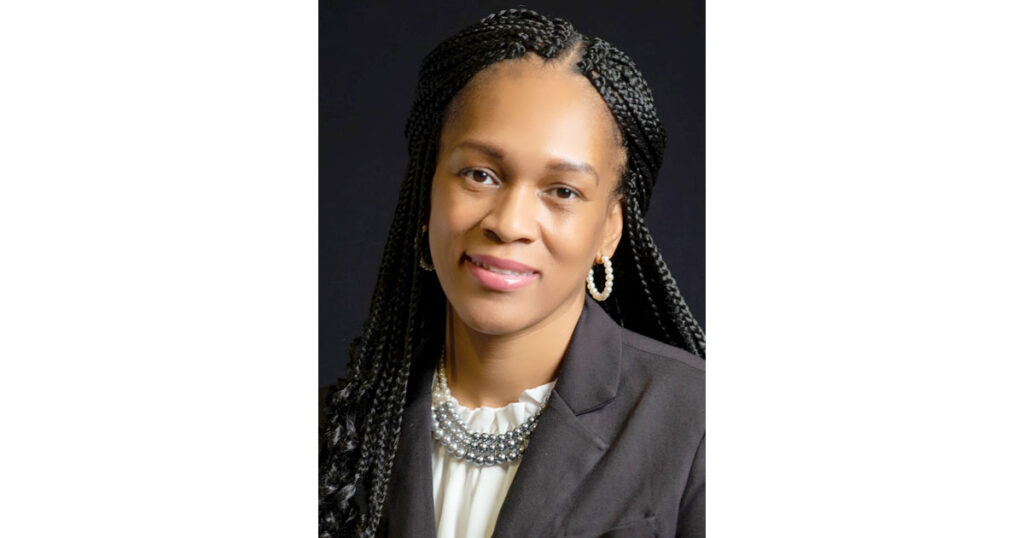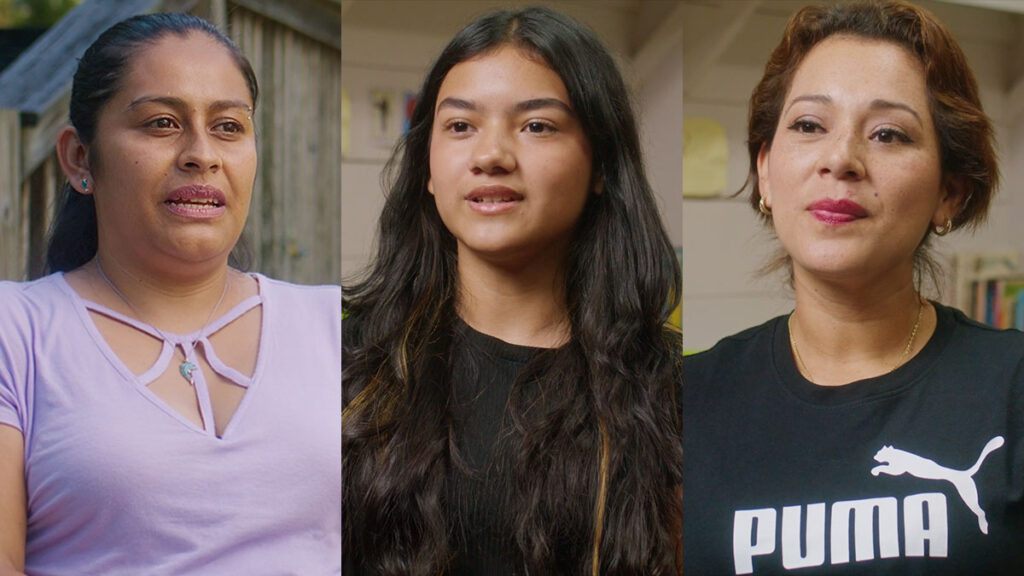Blog
Congress Sent Billions, but Equity is Up to Us
Two weeks ago, Schott convened our Opportunity to Learn Network, including policy experts and veteran education justice organizers, to provide an overview of the American Rescue Plan and a detailed roadmap for community members to have a say in allocation of the funds.
“Let’s Get These Billions” brought together dozens of grantee partners in a strategy session to learn from:
- FutureEd Editorial Director Phyllis W. Jordan, who dove into the details of public education money available in the ARP
- Alliance for Quality Education Executive Director Jasmine Gripper and Advocacy & NYC Director Zakiyah Ansari, who offered concrete lessons learned from the fight for fair funding in New York State and the actions AQE is taking today to organize communities large and small
- Californians for Justice Strategy Director Saa’un P. Bell, who showed how organizing the community at state and local levels has dramatically shifted education funding priorities in California by engaging allies and decision-makers to rebuild and reimagine schools that center racial justice
Much of the online convening took place in breakout rooms where participants worked through the nuts and bolts of next steps, but we’ve made public the opening presentations by our speakers:
These kinds of convenings and working sessions can and should be replicated in every state and district. Philanthropy should use its resources to support community groups while insisting that policymakers prioritize the input of grassroots voices.
Overview:
While the bulk of the ARPA money goes to the ESSER fund, there are other sources related to student wellbeing:
- $10 billion from the CDC for COVID-19 screening & testing at schools
- $3 billion in added funding for students with disabilities
- $1 billion to expand national service programs: AmeriCorps
- $800 million to support education and wraparound services for homeless children
- Medicaid initiatives that could lead to more children insured
Allowable uses for relief aid:
- Improving coordination among state, local, tribal and other entities
- Providing resources principals need to address coronavirus
- Supporting school district efforts to improve preparedness
- Addressing learning loss with evidence-based interventions
- Purchasing PPE and cleaning supplies and training staff on proper use
- Planning for school closures
- Purchasing the hardware and software for remote and hybrid learning
- Providing services to support student mental health
- Repairing school facilities, especially ventilation systems
Who’s making the decisions?
- Local School Boards: School districts are making decisions right now on how to spend Round 2 of funding. Round 3 is right behind it.
- State Boards of Education: With 10% of K-12 aid reserved for the state agencies, there could be statewide proposals—plus development of a state plan
- State Legislatures: In some states, the General Assemblies are proposing how to use the state dollars or suggesting what local governments should prioritize
- Governors: In the first 2 rounds, governors had discretionary dollars for K-12 and higher ed. The 3rd round allows spending only for private schools
AQE’s Jasmine Gripper and Zakiyah Ansari reminded us that while the state plans are due by June 7th, the details will really be laid out in the district plans. We don’t want to rush the process of spending the money: when districts spend quickly, they usually make poor spending decisions.
AQE has published an Action Toolkit, and while it’s focused on New York State, the resources and advice are applicable across the country.
Californians for Justice’s Saa’un P. Bell detailed how California public schools have a record amount of state and federal funding, upwards of $34 billion, to help students and schools restart and recover from the pandemic. To help guide these expenditures, Californians for Justice has put forward six student-centered solutions for racial justice, based on extensive interviews and meetings with young people.
The overriding theme of the conversations that followed was that while it’s the federal government’s job to provide funding, it will always be up to students, parents, and educators to ensure the funding is equitable and just.


